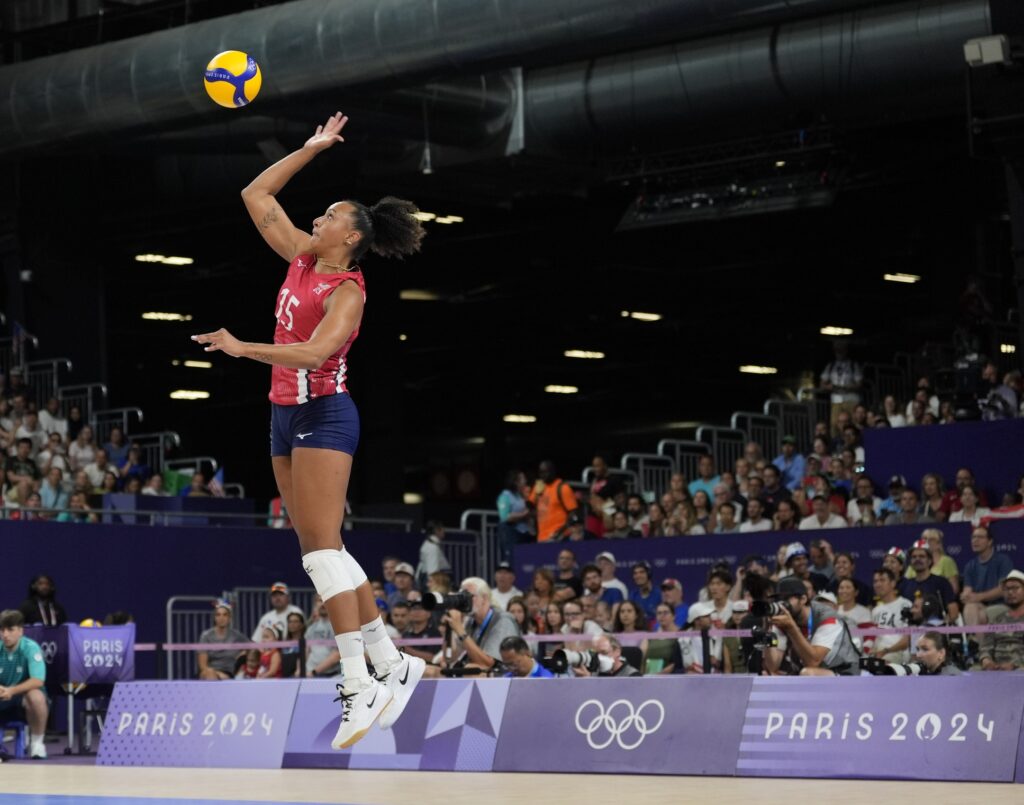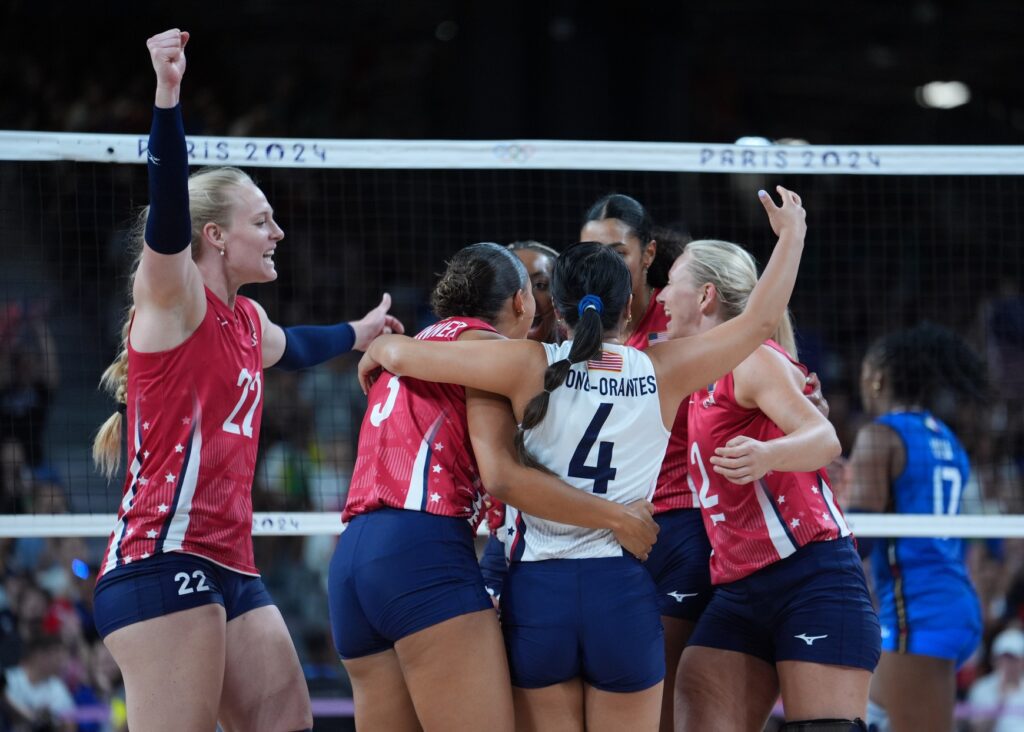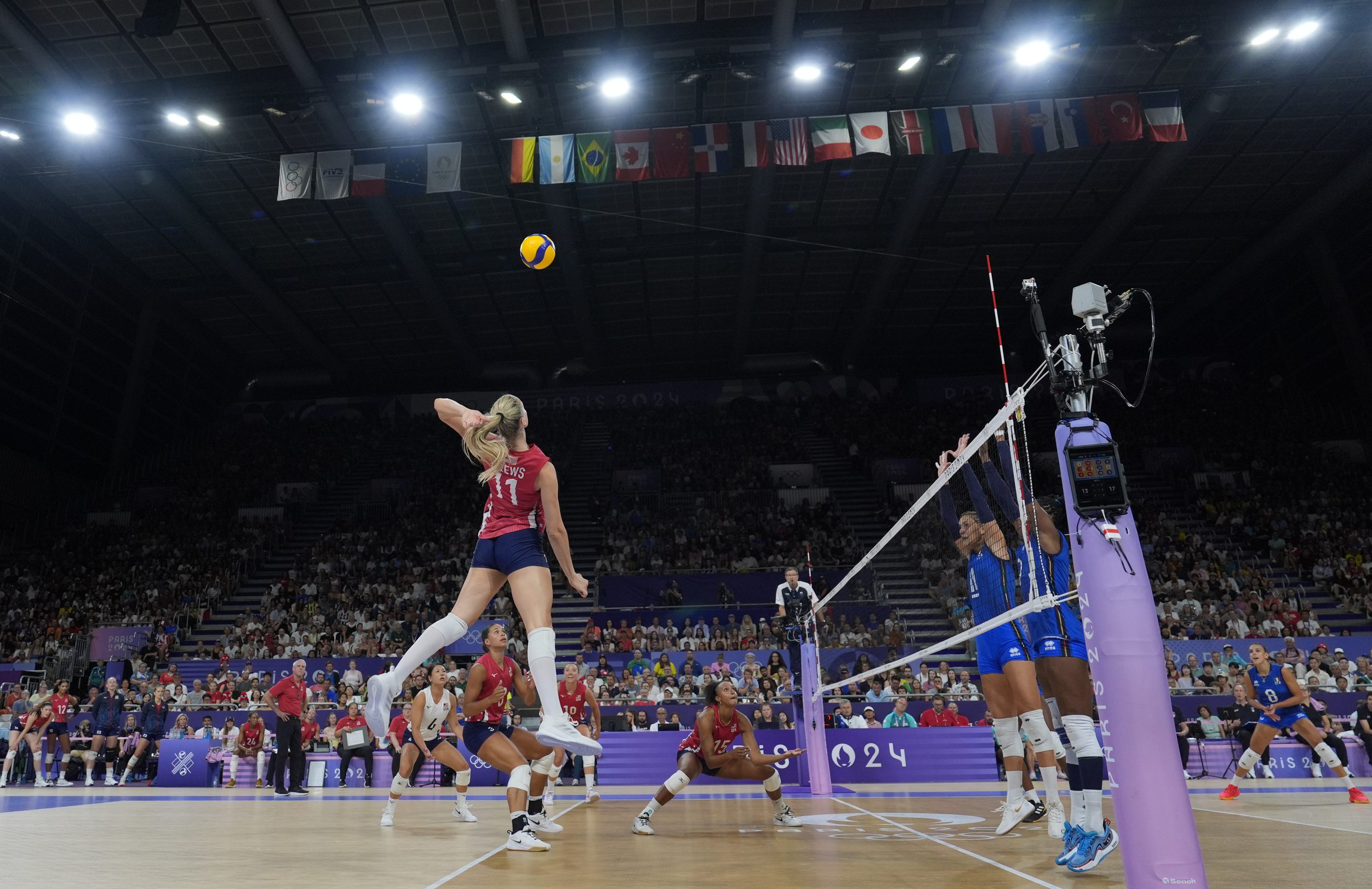Volleyball is a dynamic sport that demands precision, power, and agility. Among the various skills required, the spike stands out as one of the most exhilarating and impactful techniques. A well-executed spike can be the difference between winning and losing a match. This article will guide you through the process of improving your volleyball spike master technique, helping you become a formidable force on the court. So, let’s dive in and elevate your game to new heights!
Understanding the Fundamentals of Spiking
Before diving into the specifics of improving your technique, it’s crucial to understand the basic components of a volleyball spike. A spike, also known as an attack or hit, involves jumping and striking the ball with force to send it over the net and into the opponent’s court. The key elements of a successful spike include:

- Approach: The series of steps taken before jumping to hit the ball
- Timing: Coordinating your approach and jump with the setter’s placement of the ball
- Jump: Explosive vertical leap to reach the ball at its highest point
- Arm swing: The motion of your hitting arm to generate power and accuracy
- Contact: Striking the ball with proper hand positioning and follow-through
By mastering these fundamentals, you’ll lay the groundwork for developing a powerful and consistent spike.
Perfecting Your Approach and Timing
The approach is the foundation of a strong spike. A well-executed approach allows you to generate maximum power and height in your jump. To improve your approach, start with a three-step technique. Begin with your dominant foot forward, take two quick steps, and then a powerful final step to launch yourself upward. Maintaining a consistent rhythm is crucial, so practice your approach without the ball to develop muscle memory and consistency.
Learning to read the setter and position yourself accordingly will help you adjust your starting position and time your approach perfectly with the set. Use your arm swing for momentum by swinging your arms back as you take your first step, then forward as you jump to generate additional power. Focus on coordinating your approach with the trajectory of the set, aiming to contact the ball at the peak of your jump for maximum power and control. This significant improvement in jump height can lead to better ball control and increased power in your attacks.
Enhancing Your Jumping Ability and Arm Swing
The height of your jump and the power of your arm swing are crucial factors in executing an effective spike. These elements are particularly demanding, as highlighted in a comprehensive review of beach volleyball performance by Medeiros et al. (2022), which emphasizes the importance of explosive power in volleyball attacks. To improve these aspects, focus on strengthening your lower body. Incorporate exercises like squats, lunges, and plyometrics into your training routine to build explosive power in your legs. Practice vertical jump drills such as box jumps and depth jumps to improve your jumping ability. Don’t neglect your core strength, as a strong core helps transfer power from your lower body to your upper body during the spike motion.
To develop a powerful arm swing, practice the windmill motion, focusing on a quick and explosive movement. Keep your elbow high and lead with it as you swing. Incorporate resistance training using bands or lightweight dumbbells to strengthen your shoulder muscles and improve arm swing speed. Utilize video analysis by recording yourself spiking and analyzing your technique. Look for areas of improvement in your jump and arm swing mechanics.
Research has shown that a combination of strength training and plyometric exercises can significantly improve jumping ability and arm swing power in volleyball players. Consistent practice of these exercises can lead to noticeable improvements in your spiking performance.

Leveraging Technology for Technique Refinement
In today’s sports landscape, technology plays a crucial role in enhancing performance and refining techniques. Volleyball is no exception to this trend. As noted in the article “5 Ways Technology is Revolutionizing the World of Sports” by Knup Sports, technology is being used to “track the trajectory of ball movement to help review line calls in tennis and LBW (leg before wicket) decisions” (Knup Sports, 2023). While this specific application is more relevant to officiating, similar technology can be adapted to analyze and improve spiking technique.
Advanced motion capture systems can be used to analyze your body mechanics during the spike, helping identify areas for improvement in your approach, jump, and arm swing. Force plate analysis can measure the force generated during your jump to optimize your power output and timing. Virtual reality training offers the opportunity to practice spiking in simulated environments, improving timing and hand-eye coordination without the physical strain of repeated jumps.
Wearable sensors can track your arm speed, jump height, and other metrics to quantify your performance and track improvements over time. Video analysis software allows for detailed technique analysis and comparison with elite players by breaking down your spike frame-by-frame. Ball tracking technology, similar to the systems used in professional matches, can help you analyze the speed and trajectory of your spikes, allowing you to fine-tune your technique for maximum effectiveness.
By incorporating these technological tools into your training regimen, you can gain valuable insights into your spiking technique and make data-driven improvements.
In conclusion, mastering the volleyball spike technique requires a combination of physical preparation, technical skill development, and strategic use of technology. By focusing on perfecting your approach and timing, enhancing your jumping ability and arm swing, and leveraging technological tools for refinement, you can significantly improve your spiking performance. Remember that consistent practice and patience are key to seeing long-term improvements. As you continue to work on your technique, you’ll not only become a more formidable attacker but also contribute more effectively to your team’s success on the court.









